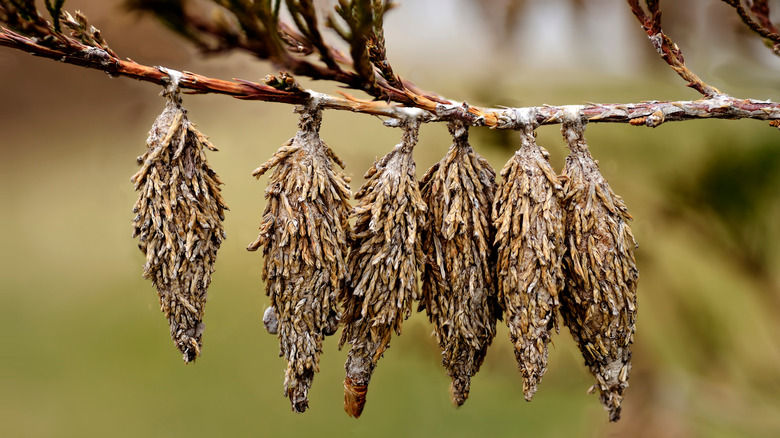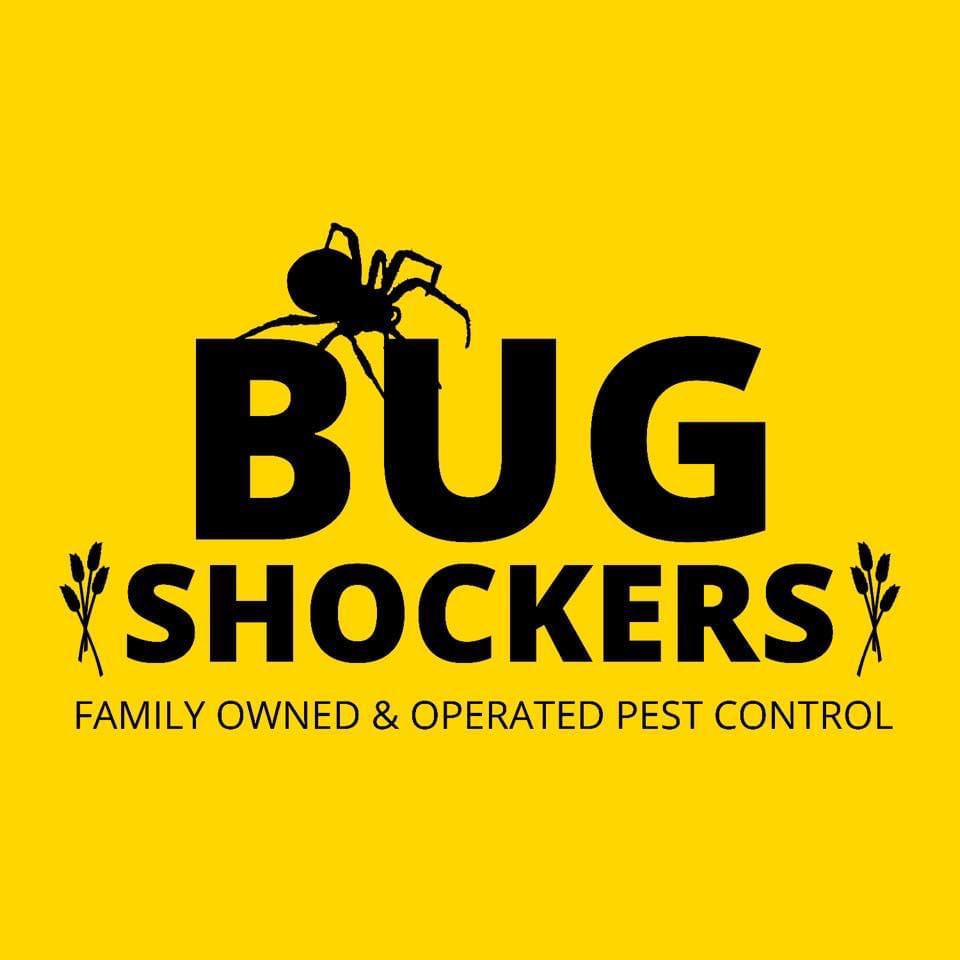Battling BagWorms?
- Matthew Johnston
- Jul 19, 2023
- 3 min read

As a homeowner, the sight of bagworms hanging from your trees and shrubs can be distressing. These pesky pests have a knack for infesting gardens and landscapes, causing significant damage if left unchecked. However, with the right knowledge and pest control measures, you can successfully combat bag worms and preserve the beauty of your outdoor spaces. In this blog post, we'll delve into the world of bag worms, exploring their characteristics, life cycle, and most importantly, effective methods for eradicating them.
Understanding BagWorms:
Bagworms are moth larvae that belong to the family Psychidae. They are notorious for their distinctive cone-shaped bags made from silk and plant debris.

Bagworms are commonly found in North America and are particularly prevalent in regions with coniferous trees, deciduous trees, and ornamental shrubs.
Life Cycle and Behavior:
Bagworms undergo a unique life cycle that spans over several stages:
Eggs: Bagworms overwinter as eggs inside the female's protective bag. The bags, which may appear like small pine cones, are often attached to tree branches or other surfaces.
Larvae: Once the eggs hatch, the larvae emerge and begin constructing their bags. Initially, the bags are tiny and blend seamlessly with surrounding plant material. As the larvae grow, their bags increase in size and become more noticeable.
Pupation: After several molts, the mature larvae attach their bags to branches or other surfaces and enter the pupal stage inside. At this stage, they transform into adult moths.
Adult Moths: The adult bagworms, resembling small, slender moths, emerge from their bags, mate, and lay eggs to begin the cycle anew.


Damage and Impact:
While bagworms might seem harmless at first, their feeding habits can have detrimental effects on trees and shrubs.

The larvae feed on the foliage of host plants, often defoliating entire branches or even entire trees in severe cases.

The damage caused by bagworms can weaken plants, hinder growth, and increase their vulnerability to diseases and other pests.
Effective BagWorm Control Strategies:
Manual Removal: One of the most effective methods of combating bagworms is manually removing their bags during the winter or early spring before the larvae hatch. Carefully inspect trees and shrubs, and handpick the bags, ensuring you destroy them to prevent reinfestation.
Pruning Infested Branches: If bagworms have already caused significant damage, it may be necessary to prune and remove infested branches. Dispose of the branches away from your property to avoid spreading the larvae.
Biological Control: Beneficial insects like parasitic wasps and predatory birds can help keep bagworm populations in check. Encourage their presence in your garden by providing appropriate habitat, such as birdhouses and diverse plantings that attract natural predators.
Insecticides: If manual removal and pruning aren't sufficient, consider using insecticides.
Contact Bug Shocker pest control professionals to identify the appropriate insecticide and application method for your specific situation.
5. Vigilance and Early Detection: Regularly inspect your trees and shrubs for signs of bagworms. Early detection is key to preventing widespread infestation and minimizing potential damage. Act swiftly if you spot any bags and begin control measures promptly.
Conclusion:
Bagworms may pose a significant threat to the health and aesthetics of your landscape, but armed with the right knowledge and effective pest control strategies, you can successfully manage and combat these troublesome pests. By combining manual removal, pruning, biological control methods, and targeted insecticide applications when necessary, you can protect your trees and shrubs from bag worm infestations and ensure the long-term beauty and vitality of your outdoor spaces. Remember, if you need assistance or advice, contact us today! Let's keep your landscape alive and beautiful!

.png)




Comments